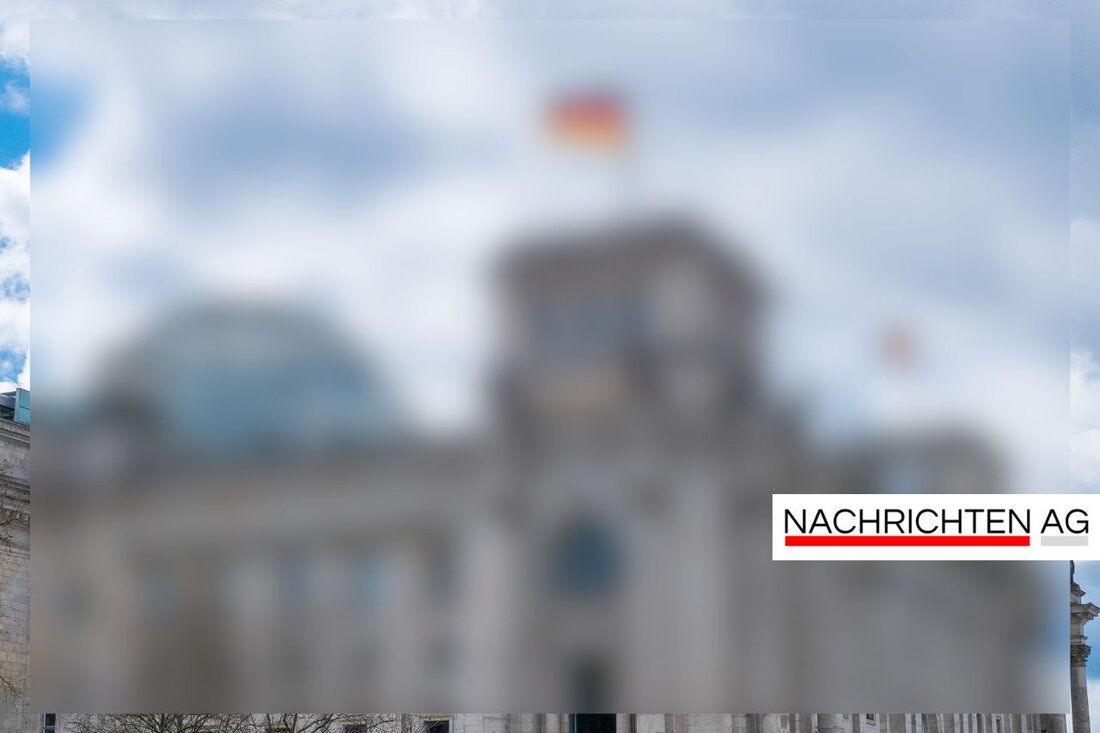Osnabrück relies on arbitration for controversial stolen art!
Osnabrück is planning to set up an arbitration tribunal to fairly assess Nazi-looted art for fair returns.

Osnabrück relies on arbitration for controversial stolen art!
In a significant step, the city of Osnabrück plans to actively participate in the new arbitration system for Nazi looted property. This decision was recently made by the city council and represents a promising development in the assessment of works of art with dubious origins. The aim of the arbitration tribunal is to find fair and legally binding solutions to questions regarding the return of cultural property. The recommendations of the previous “Advisory Commission on Nazi Looted Property” had no legally binding character to date, which is now set to change with the new procedure. The city will therefore be one of the pioneers in Germany to take part in this voluntary initiative, as ndr.de reports.
With the introduction of the arbitration tribunal, the decision was made in March 2025 at the conference of cultural ministers of the states in Berlin. The new procedure is intended to mediate legal disputes about Nazi-looted property and make legally binding decisions in order to promote the return of art stolen during National Socialism to its rightful owners. Minister of Culture Dr. Manja Schüle signed the administrative agreement for Brandenburg, which shows that the initiative is not just limited to Osnabrück, but is gaining in importance nationwide. In the future, descendants of the victims should also have the opportunity to submit applications for the examination of works of art, in accordance with the requirements that were also set out in the joint declaration of the federal government and the states on the discovery and return of cultural assets confiscated as a result of Nazi persecution, such as [mwfk.brandenburg.de].
Legal binding force for works of art
A major advantage of the new arbitration system is the legal binding it brings with it. Unlike before, it will now be possible for the arbitration tribunal's decisions to be based on a binding assessment framework. This could clarify many of the outstanding questions surrounding works of art with dubious provenance and help the rightful owners assert their claims. At a time when the return of cultural property is increasingly in the public eye, Osnabrück is setting an example that the issue is being taken seriously.
There is currently no specific case of looted art in Osnabrück, but the city is prepared to address the issue and examine possible claims. The German Association of Cities has already made recommendations aimed at other cities in order to pave the way for them to follow this process. The institutions and public facilities that deal with cultural property are called upon to take such applications seriously and, if necessary, to formulate a “standing offer” to support the search for unlawfully confiscated cultural property, as kulturgutlosen.de further explains.
A look at return practices
Numerous returns are under discussion and there are already some examples of returns in Germany. In Hanover, for example, carved wooden figures were returned to Cameroon today. The decision was unanimous. There are also plans to bring a cartridge belt back to Namibia. Such returns are part of a larger context that aims to come to terms with National Socialist injustice. From 1939 onwards, many Jewish emigrant belongings were sold in Hamburg to finance the war - a dark story that needs to be dealt with today.
This shows that the issue of Nazi-looted art is being actively addressed at various levels. The new arbitration system could be the key to clarifying many open questions. Osnabrück is taking a pioneering position and could inspire other cities to take similar steps.

 Suche
Suche
 Mein Konto
Mein Konto